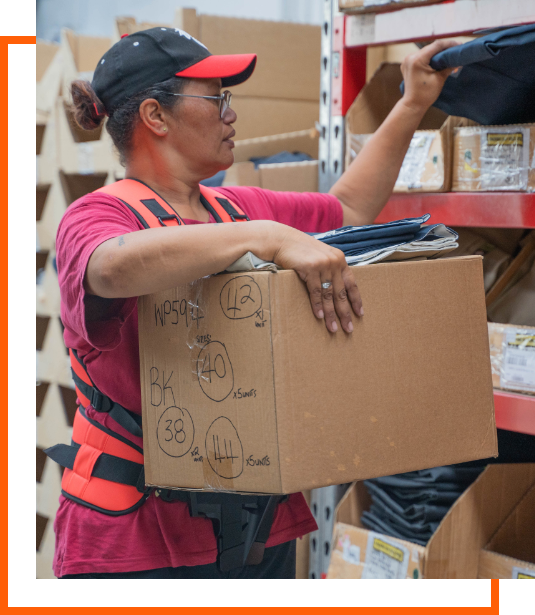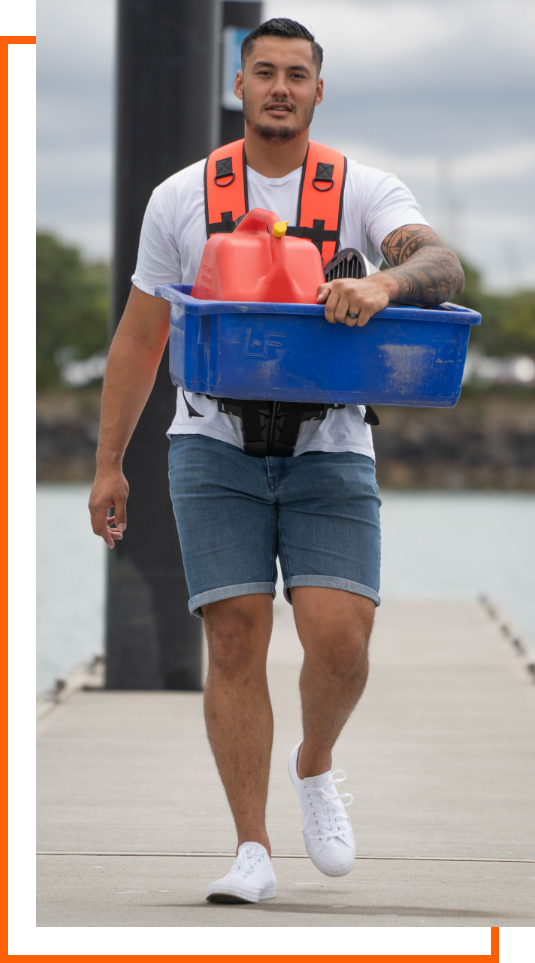
This really was a once in a lifetime idea. A chance to revolutionise workplace safety by making single-person carrying safer and reducing strain on the user’s body. Craig had stumbled onto an amazing opportunity to create a product that helps reduce occupational injury, increases productivity, and makes labour intensive lifting and carrying easier. So far, Liftsmart has been used by kiwifruit packers, furniture removal companies, beekeepers, warehouses, and delivery drivers. The feedback has been overwhelmingly positive.
What seemed simple on paper took years of research and development to get to market.
Liftsmart is designed in New Zealand and manufactured using the highest quality materials and hardware. Liftsmart is strong and durable, and ready for any challenge.

Anyone who’s injured themselves at work will back us up on this; quality of work is quality of life.
At the forefront of this product is a genuine desire to improve people’s lives. Sure, we are a business, and altruism doesn’t keep the lights on. However Liftsmart is how we do our part to help with crippling workplace injury. Liftsmart can reduce the risk of repetitive strain injury (RSI), occupational overuse syndrome (OOS), cumulative trauma disorder (CTD) and work-related musculoskeletal disorder (WRMSD)
According to the latest statistics from Australia, 41% of serious injury claims are due to manual handling while lifting or carrying objects. Over $61.8 billion AUD is spent every year on workplace injury and disease, and in New Zealand the figure is around 6 billion.
Liftsmart unlocks the power of the human body, giving you strength you never knew existed.